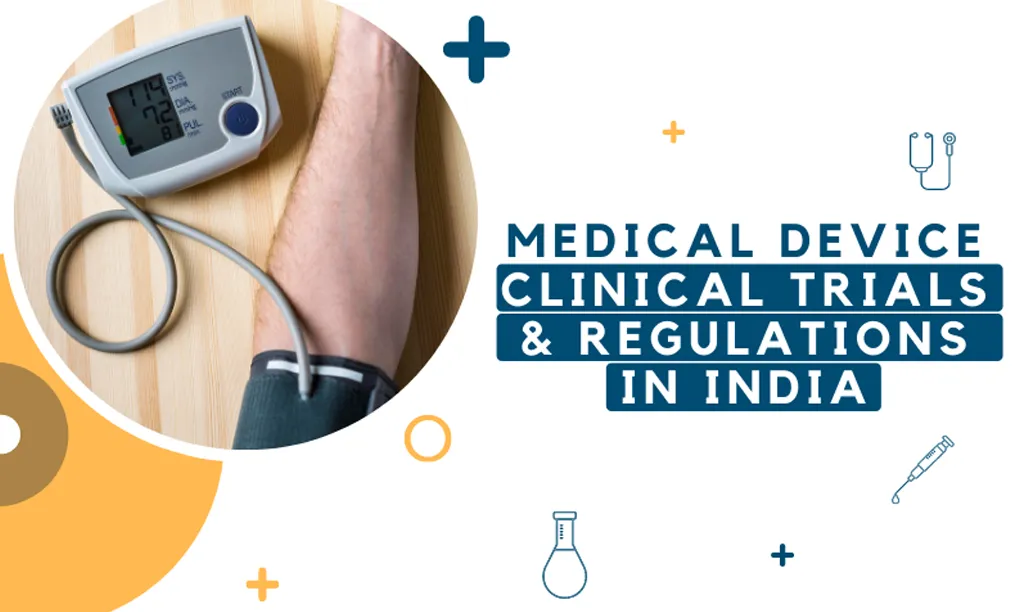Bringing a new medical device to market requires robust clinical data to demonstrate its safety and effectiveness. This case study explores the critical role of regulatory compliance in designing and conducting clinical investigations (CIs) for medical devices, using a fictional company, MedTech Inc., as an example.
MedTech Inc. has developed a revolutionary cardiac assist device (CAD) aimed at improving patient outcomes after heart failure. To obtain regulatory approval, MedTech needs to design and execute a compliant CI to generate the necessary clinical data.
Regulatory Landscape for Medical Devices
- Risk Classification: The level of regulatory scrutiny for a CI depends on the device’s risk classification. Higher-risk devices like the CAD typically require more rigorous clinical data [1].
- Clinical Evaluation Plan (CEP): A CEP outlines the strategy for generating clinical data, including the type of CI (e.g., observational vs. interventional), patient population, and endpoints to be measured [2].
- Investigational Device Exemption (IDE): For high-risk devices in the US, MedTech needs to obtain an IDE from the Food and Drug Administration (FDA) before initiating the CI [3]. Similar regulatory approvals may be required in other countries.
- Good Clinical Practice (GCP): GCP principles ensure the scientific integrity and ethical conduct of the CI, protecting patient safety and data privacy [4].
Compliance Strategies for MedTech
- Clinical Research Organization (CRO) Partnership: Partnering with a CRO experienced in medical device CIs can provide valuable expertise in regulatory navigation, clinical trial design, and data management [5].
- Rigorous Risk Management: A comprehensive risk management plan identifies potential safety concerns associated with the CAD and guides the design of the CI to address them [6].
- Informed Consent and Patient Recruitment: Developing clear informed consent documents and adhering to ethical recruitment practices are crucial for protecting participants’ rights [7].
- Data Collection and Quality Management: Implementing robust data collection procedures and quality control measures ensure the accuracy and integrity of the data generated during the CI [8].
Benefits of Regulatory Compliance
- Patient Safety: A compliant CI prioritizes patient safety by following ethical guidelines and closely monitoring participant well-being [4].
- Robust Clinical Data: Compliant data collection and analysis generate reliable evidence necessary for regulatory approval and market access [8]
- Market Access and Reimbursement: Demonstrating regulatory compliance through a well-designed CI increases the chances of securing regulatory approvals and favorable reimbursement policies [9].
Conclusion
Navigating medical device regulations is an essential step in bringing innovative devices to market. By prioritizing regulatory compliance throughout the clinical investigation process, MedTech Inc. can ensure patient safety, generate robust clinical data, and ultimately, improve patient outcomes with their revolutionary CAD.
